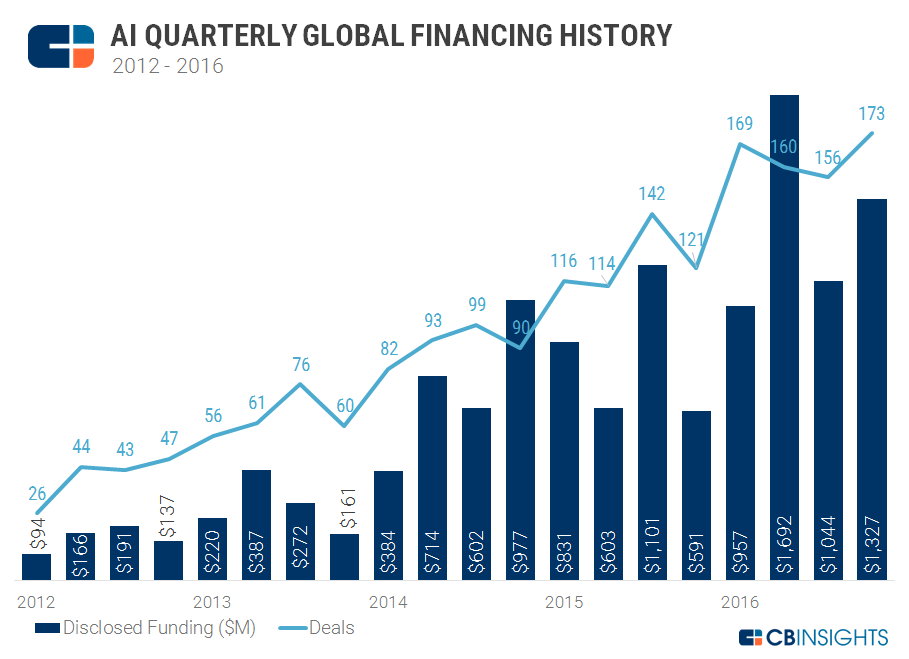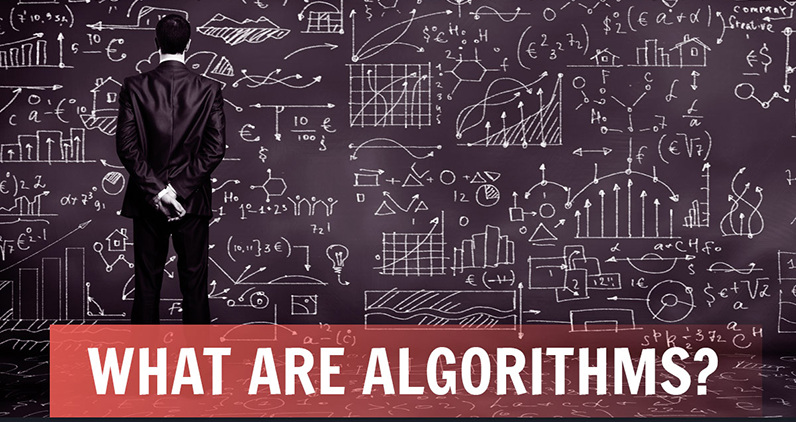Technology
An Introduction to Algorithms
In the modern world, algorithms do much of the digital heavy lifting.
Algorithms control the inner-workings of everything from particle accelerators to stock markets. They determine the news you see, what search results you get, how computers learn, and what gets recommended to you on Netflix or Amazon.
In short, society couldn’t function as-is without algorithms – and as we lean on them to run more things, it becomes more important for us to learn what they are and what they do.
Algorithms 101
Today’s infographic from Futurism digs into the origins of algorithms, and how they impact our everyday lives.

What is an Algorithm?
An algorithm is a predetermined set of steps for a computer to accomplish a task. It’s basically an instruction manual. And as in life, instruction manuals can be simple (e.g. building an Ikea side table) or extremely complex (e.g. filing a patent).
Below is “Sorting Out Sorting” (1981), a timeless primer on sorting methods. It clearly demonstrates the way computers approach sorting vast quantities of information by following a set of instructions.
A famous example of an algorithm is Google’s PageRank, which determines the order in which websites appear in Google’s search rankings. PageRank’s methodology is explained succinctly and effectively in the video below.
By building on a stochastic model called the Markov chain, PageRank revolutionized the way the world accesses information. The power of this algorithm is partially responsible for Google’s ability to control 41% of the online ad market, which is where Alphabet still generates the majority of its revenue.
How Algorithms Influence Society
Social platforms play a substantial role in delivering news and information to us. In fact, an estimated 44% of the U.S. population consumes news via Facebook. The more we rely on social networks to supply us with news, the more algorithms will influence what information we’re exposed to. Since social platforms are designed to serve us customized content, there is a growing concern that we are creating online echo chambers that crowd out opposing views.
Algorithms also have a profound influence on our economy. Roughly 50% of the market moves through high frequency trading – the process of using dedicated programs to make automated trading decisions to place orders. Large portions of our economy are now managed with very little human intervention.
In recent years, progress in the field of artificial intelligence has generated an abundance of interest and excitement. Deep learning (a technique for implementing machine learning) is making all kinds of machine-assisted tasks possible. Preventive healthcare, driverless vehicles, drug discovery, bioinformatics, and hyper-customized recommendations on shopping websites are all here today or coming down the pipeline.
Deep Learning
The remarkable thing about deep learning is that it goes beyond what any human can program a computer to do. Programmers have instead used a learning algorithm – fueled by terabytes of data – to train it to perform complex tasks. The computer essentially figures out for itself how to recognize the desired objects, text, or actions.
Breakthroughs like this are the reason AI startups are now receiving billions of dollars of funding.

The Algorithmic Economy
The potential upside for technology providers are enormous, particularly if proprietary processes work on a global scale. An era where “things” will communicate autonomously and take actions without human intervention is sure to profoundly impact our society.
The big question is, what will we do once computers and algorithms are taking care of business?
Brands
How Tech Logos Have Evolved Over Time
From complete overhauls to more subtle tweaks, these tech logos have had quite a journey. Featuring: Google, Apple, and more.

How Tech Logos Have Evolved Over Time
This was originally posted on our Voronoi app. Download the app for free on iOS or Android and discover incredible data-driven charts from a variety of trusted sources.
One would be hard-pressed to find a company that has never changed its logo. Granted, some brands—like Rolex, IBM, and Coca-Cola—tend to just have more minimalistic updates. But other companies undergo an entire identity change, thus necessitating a full overhaul.
In this graphic, we visualized the evolution of prominent tech companies’ logos over time. All of these brands ranked highly in a Q1 2024 YouGov study of America’s most famous tech brands. The logo changes are sourced from 1000logos.net.
How Many Times Has Google Changed Its Logo?
Google and Facebook share a 98% fame rating according to YouGov. But while Facebook’s rise was captured in The Social Network (2010), Google’s history tends to be a little less lionized in popular culture.
For example, Google was initially called “Backrub” because it analyzed “back links” to understand how important a website was. Since its founding, Google has undergone eight logo changes, finally settling on its current one in 2015.
| Company | Number of Logo Changes |
|---|---|
| 8 | |
| HP | 8 |
| Amazon | 6 |
| Microsoft | 6 |
| Samsung | 6 |
| Apple | 5* |
Note: *Includes color changes. Source: 1000Logos.net
Another fun origin story is Microsoft, which started off as Traf-O-Data, a traffic counter reading company that generated reports for traffic engineers. By 1975, the company was renamed. But it wasn’t until 2012 that Microsoft put the iconic Windows logo—still the most popular desktop operating system—alongside its name.
And then there’s Samsung, which started as a grocery trading store in 1938. Its pivot to electronics started in the 1970s with black and white television sets. For 55 years, the company kept some form of stars from its first logo, until 1993, when the iconic encircled blue Samsung logo debuted.
Finally, Apple’s first logo in 1976 featured Isaac Newton reading under a tree—moments before an apple fell on his head. Two years later, the iconic bitten apple logo would be designed at Steve Jobs’ behest, and it would take another two decades for it to go monochrome.
-

 Green1 week ago
Green1 week agoRanked: The Countries With the Most Air Pollution in 2023
-

 Automotive2 weeks ago
Automotive2 weeks agoAlmost Every EV Stock is Down After Q1 2024
-

 AI2 weeks ago
AI2 weeks agoThe Stock Performance of U.S. Chipmakers So Far in 2024
-

 Markets2 weeks ago
Markets2 weeks agoCharted: Big Four Market Share by S&P 500 Audits
-

 Real Estate2 weeks ago
Real Estate2 weeks agoRanked: The Most Valuable Housing Markets in America
-

 Money2 weeks ago
Money2 weeks agoWhich States Have the Highest Minimum Wage in America?
-

 AI2 weeks ago
AI2 weeks agoRanked: Semiconductor Companies by Industry Revenue Share
-

 Travel2 weeks ago
Travel2 weeks agoRanked: The World’s Top Flight Routes, by Revenue















